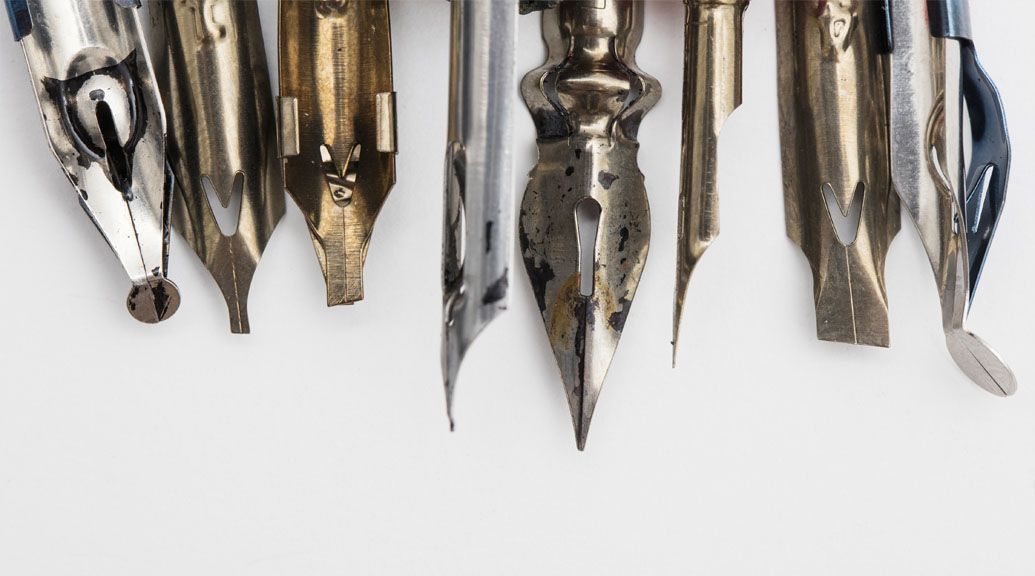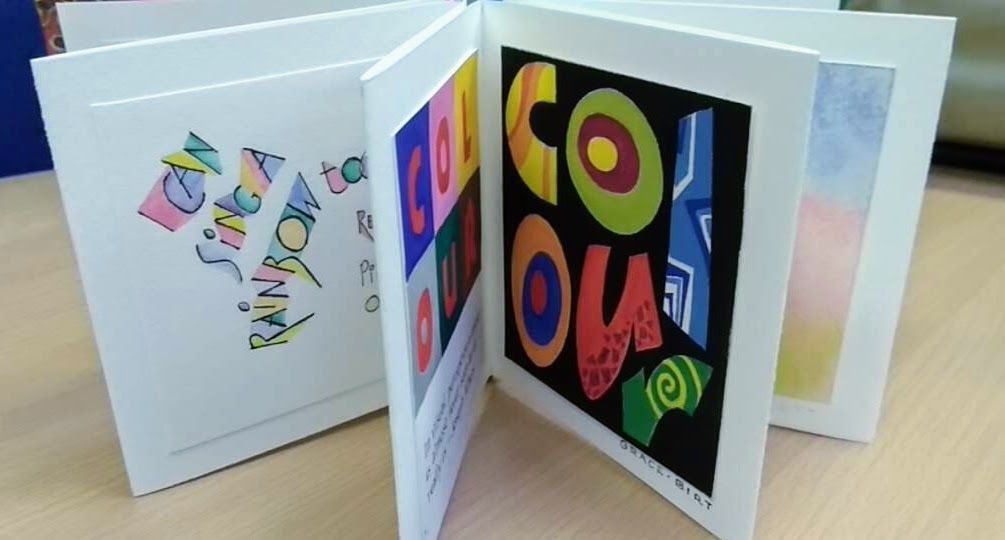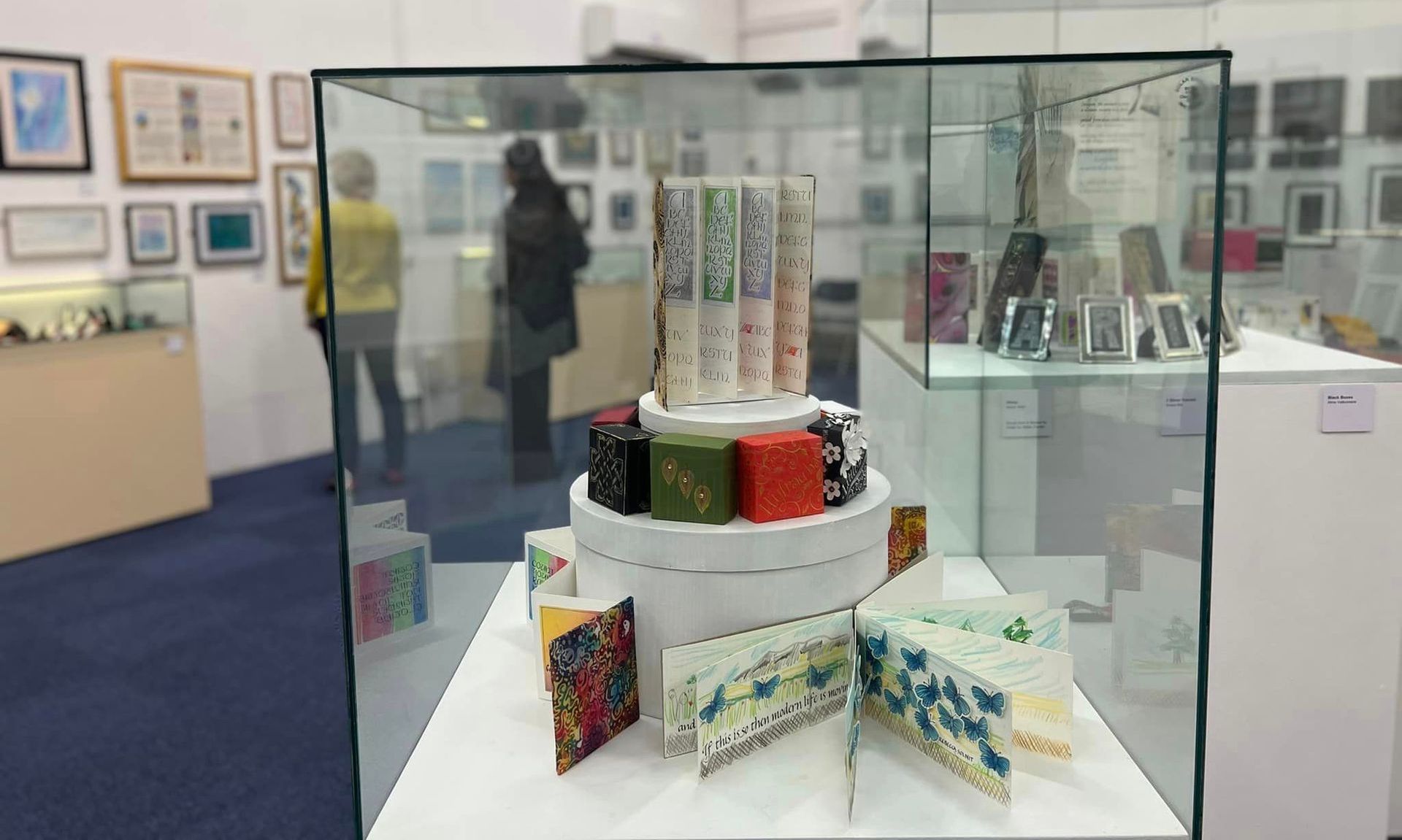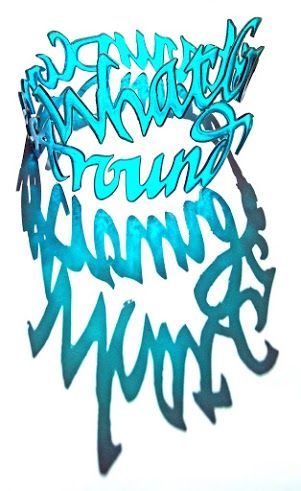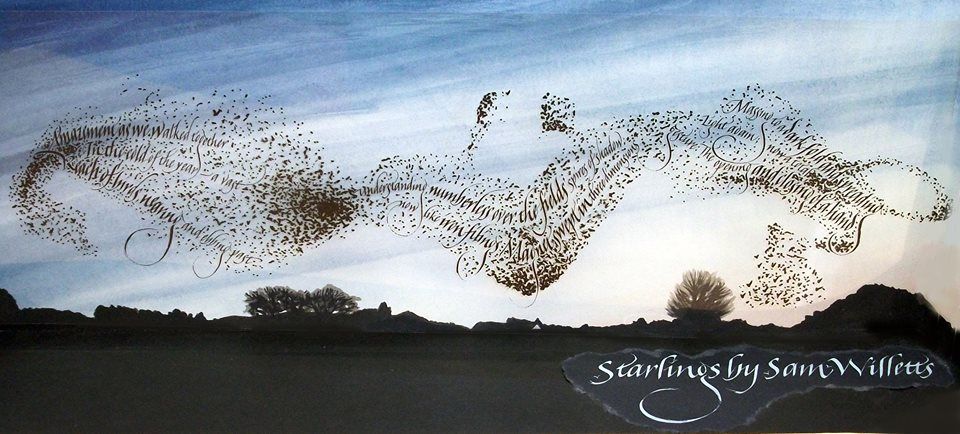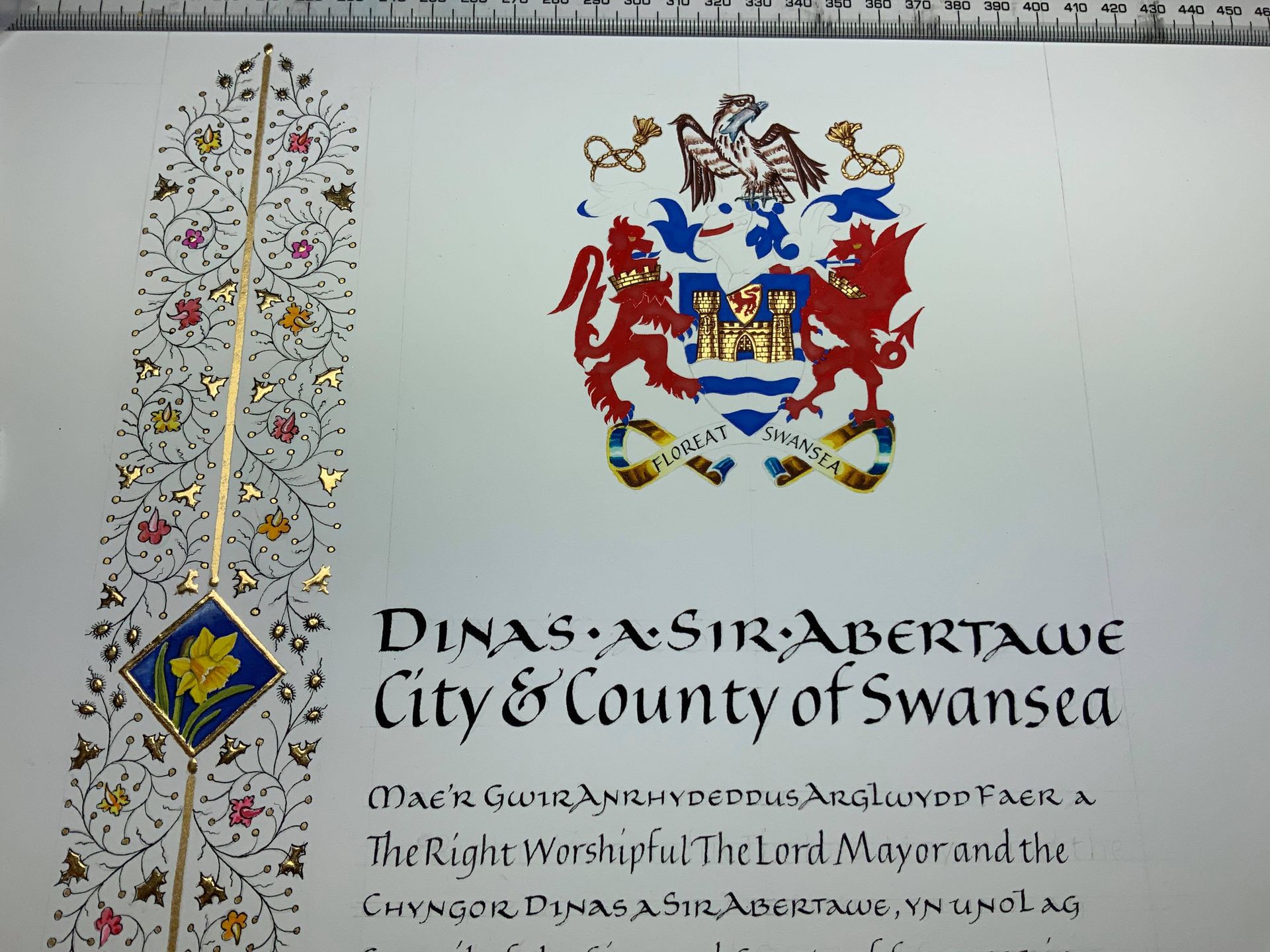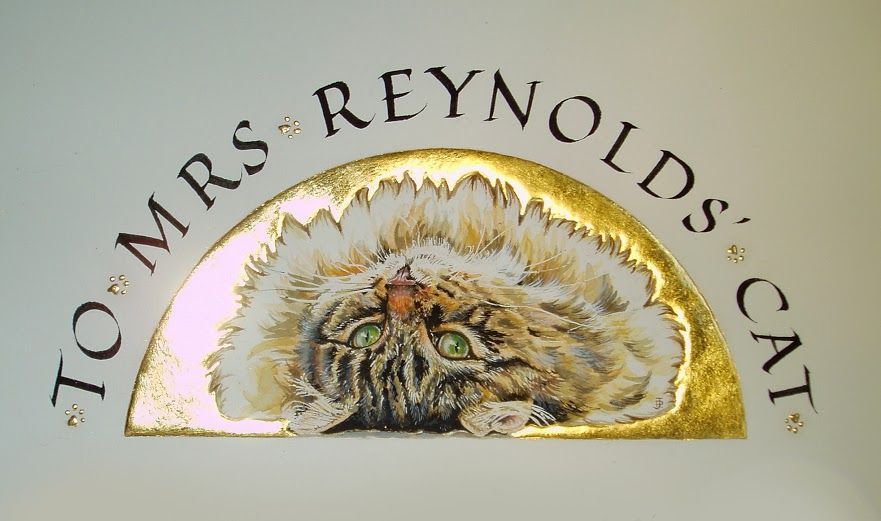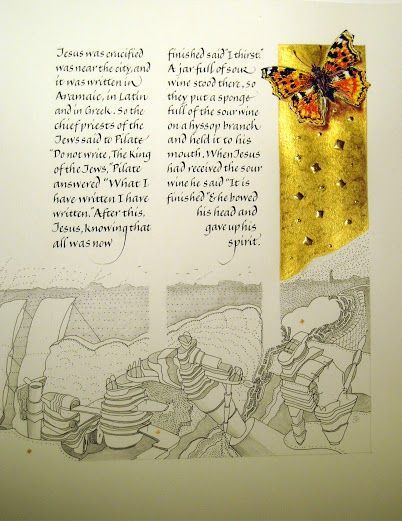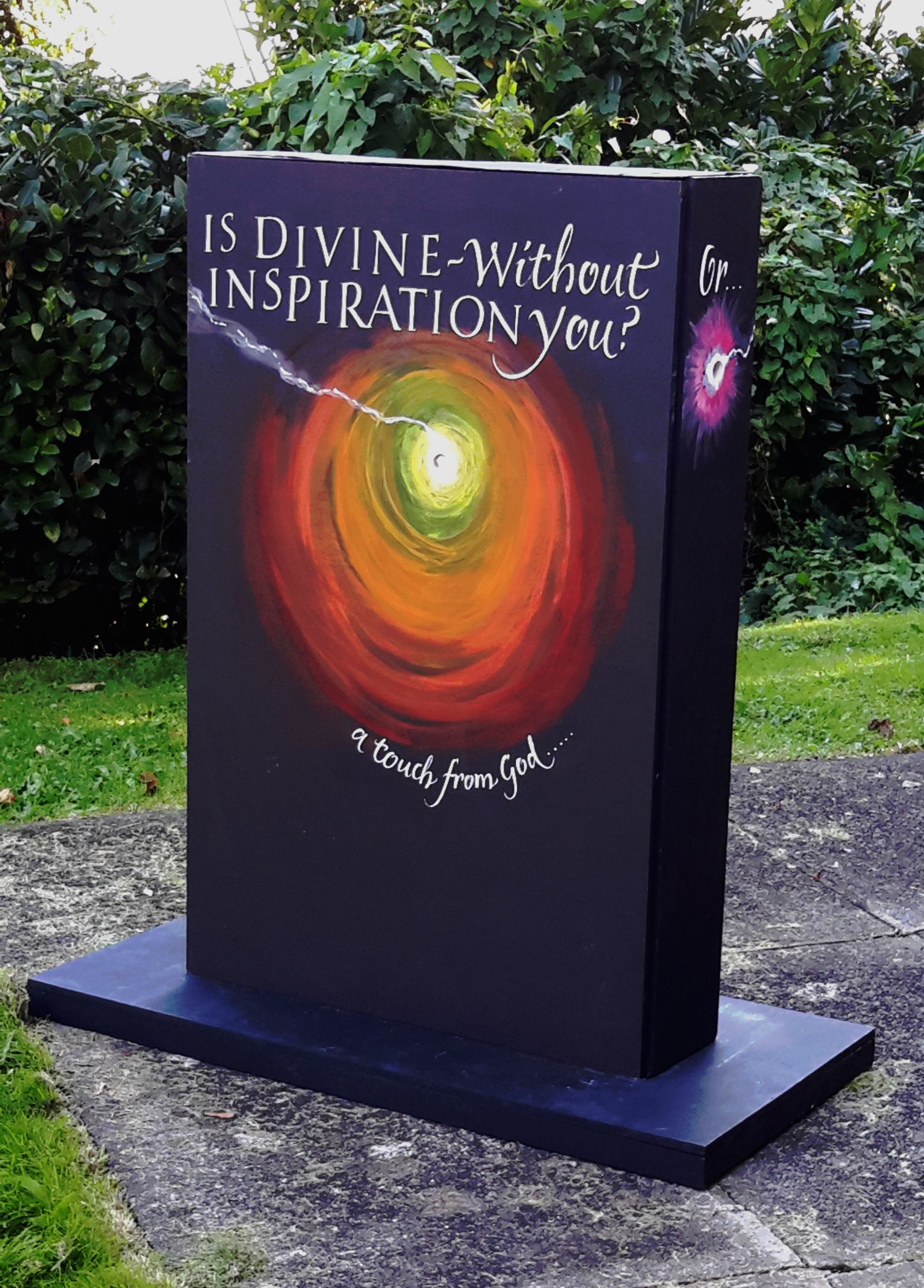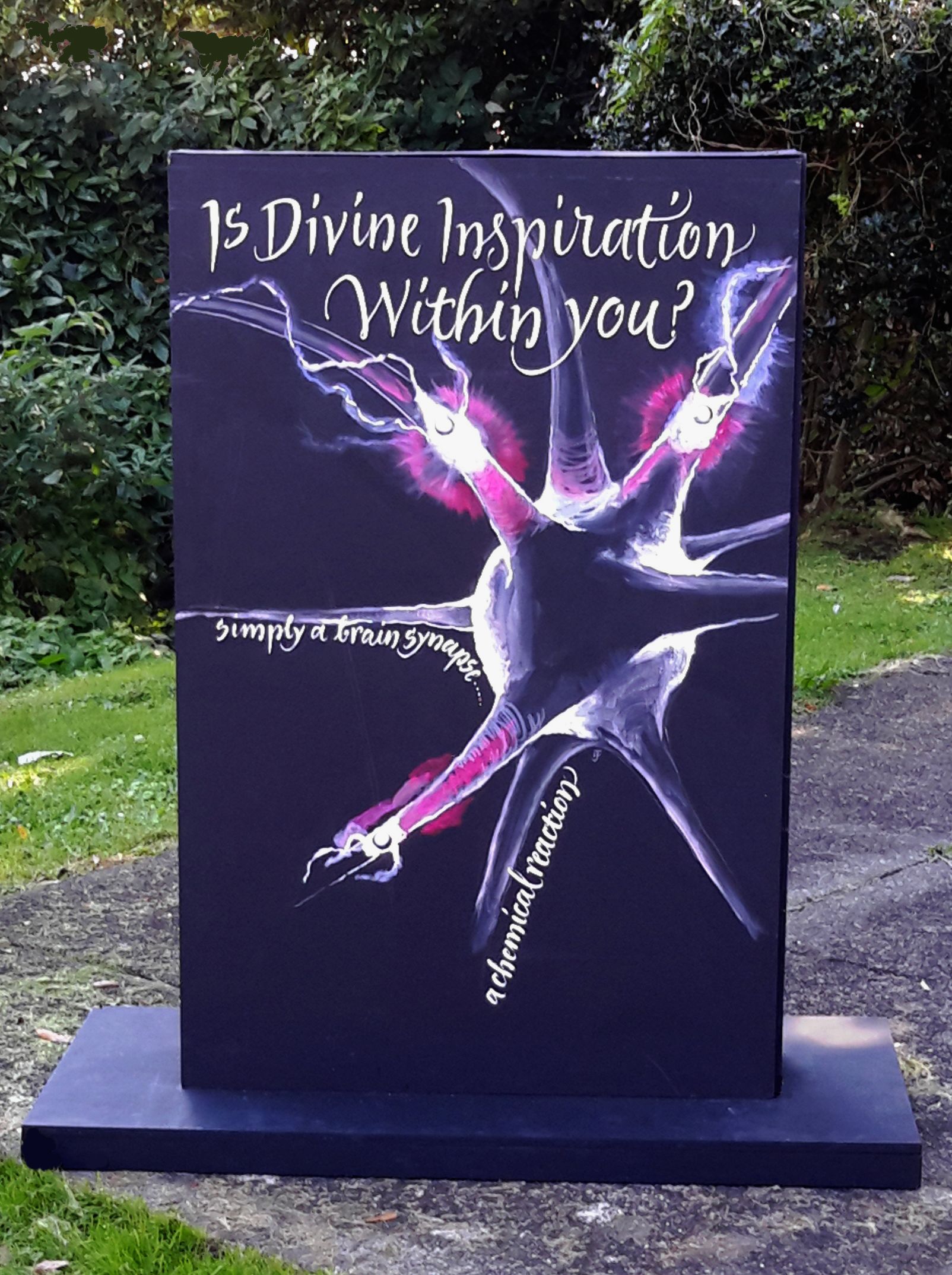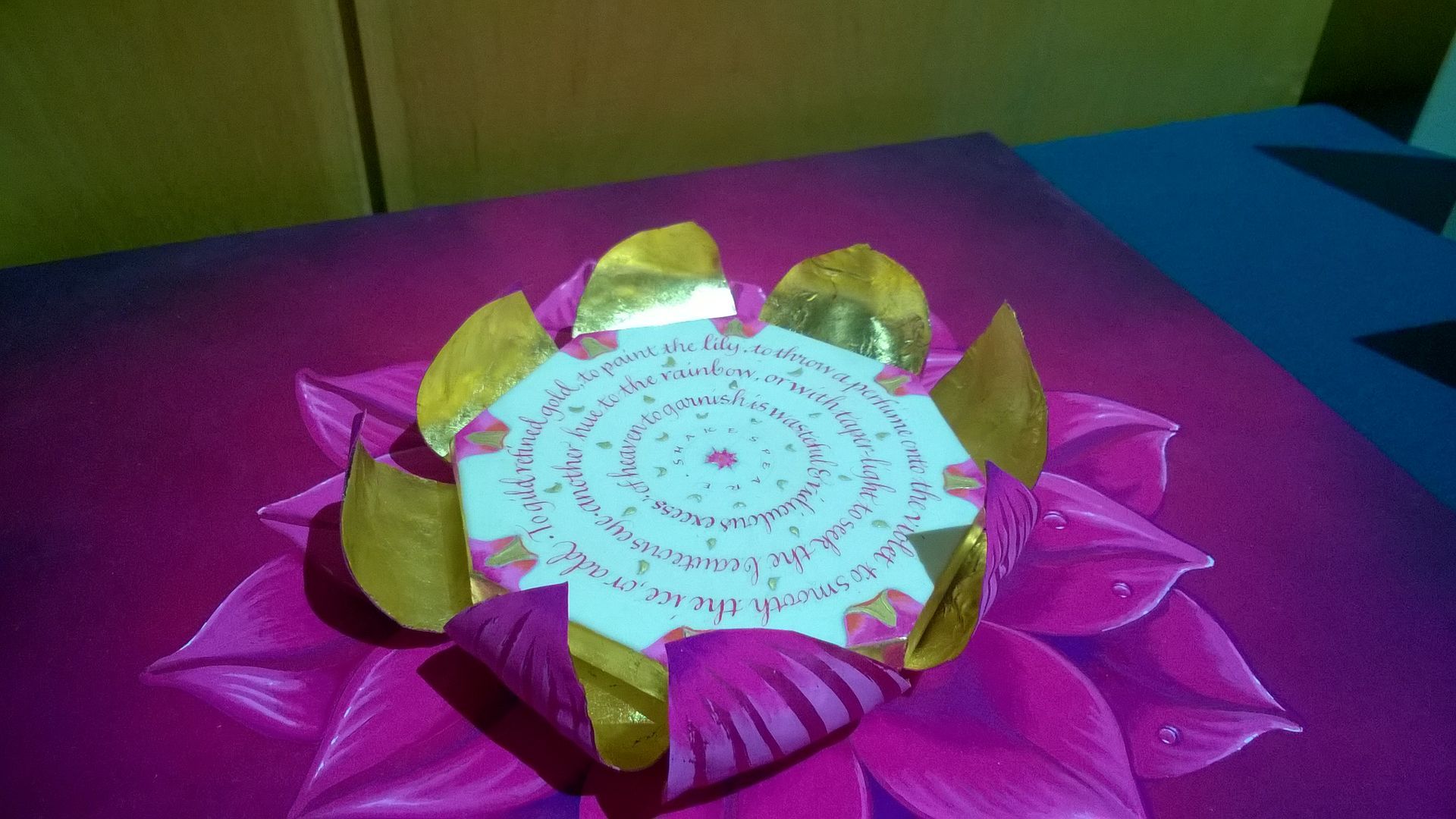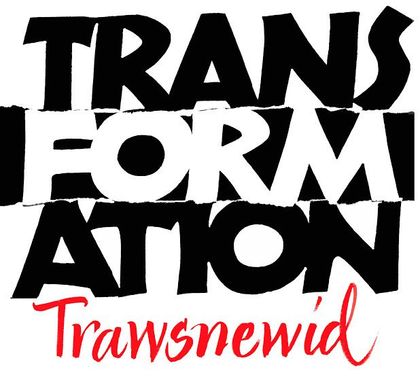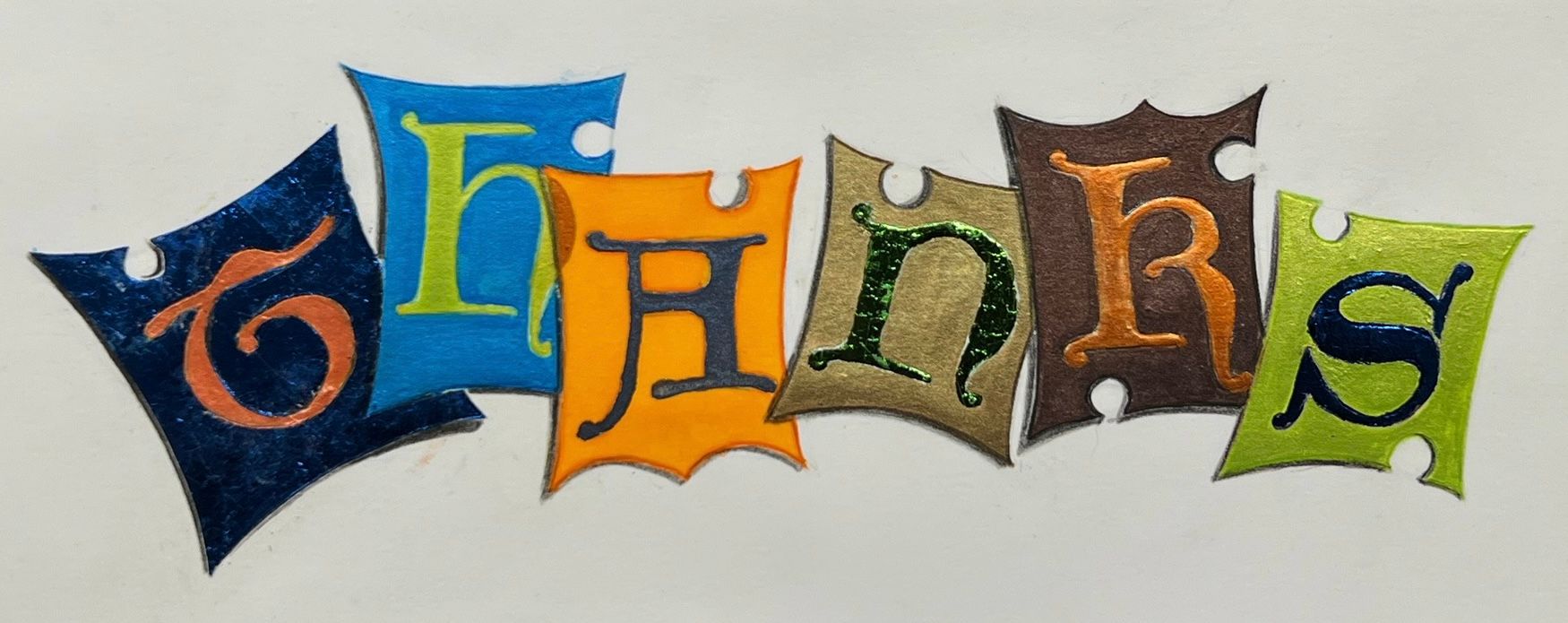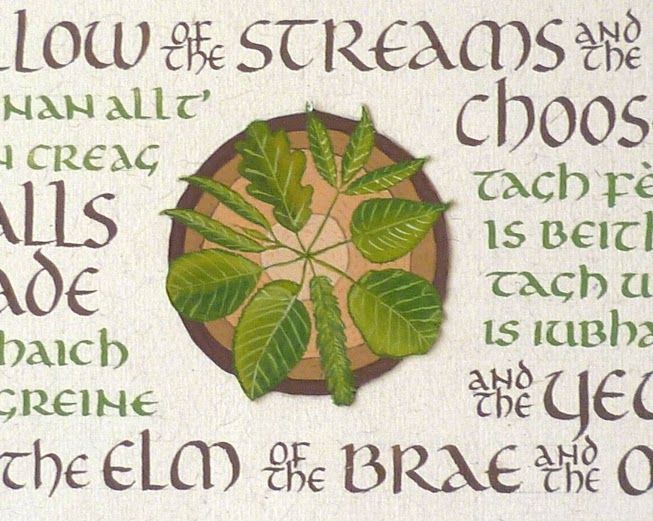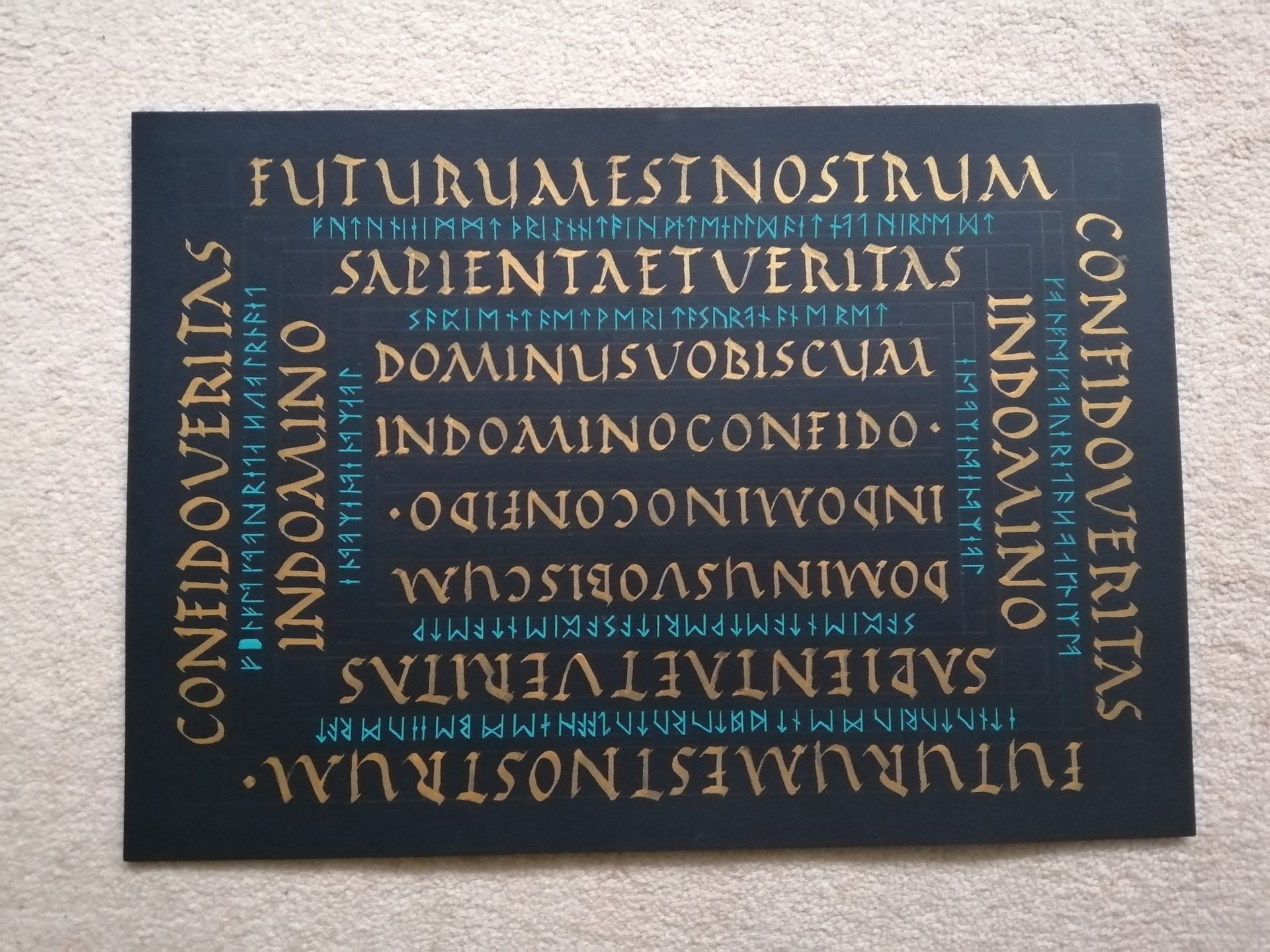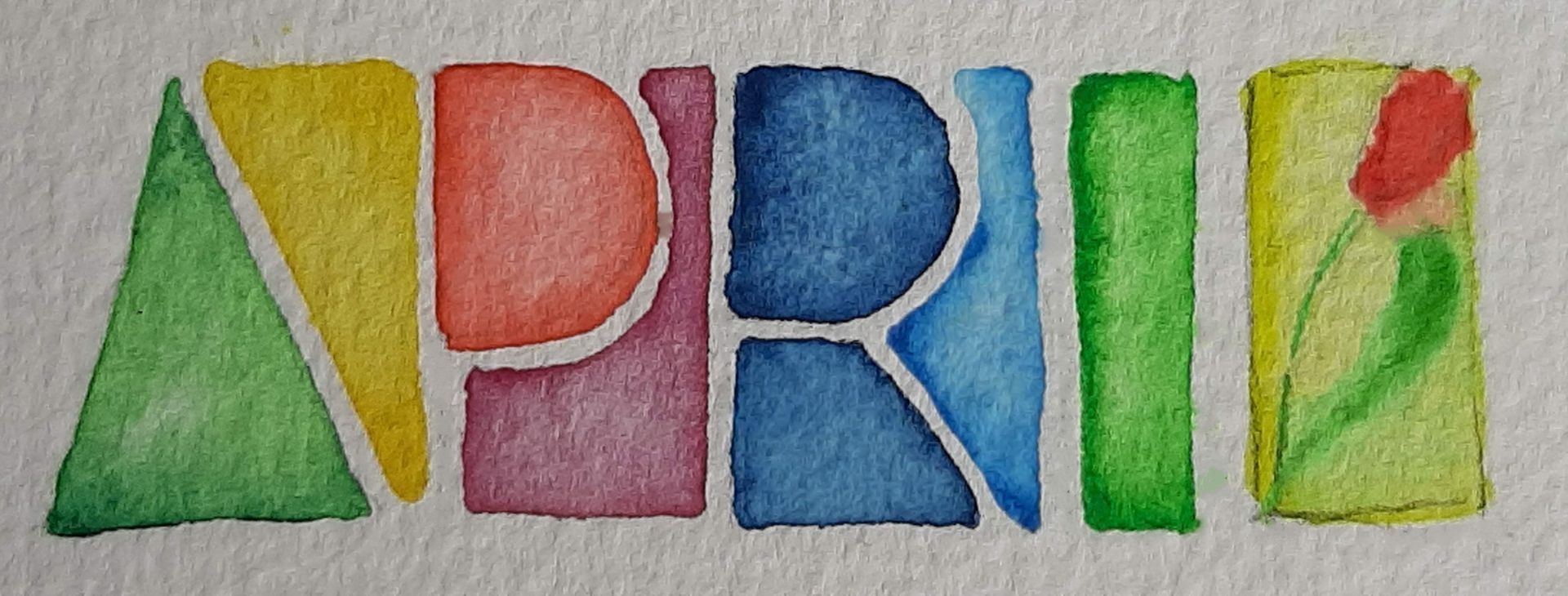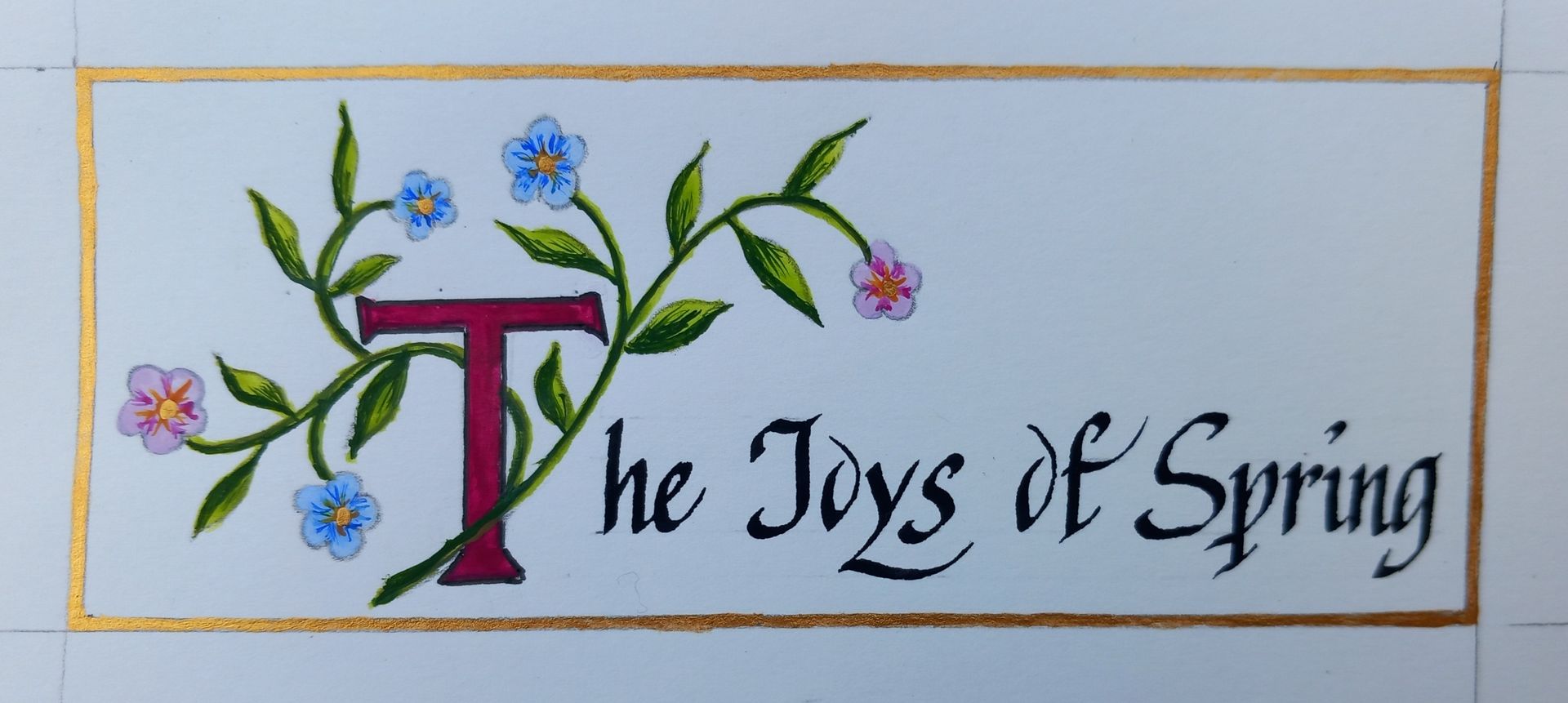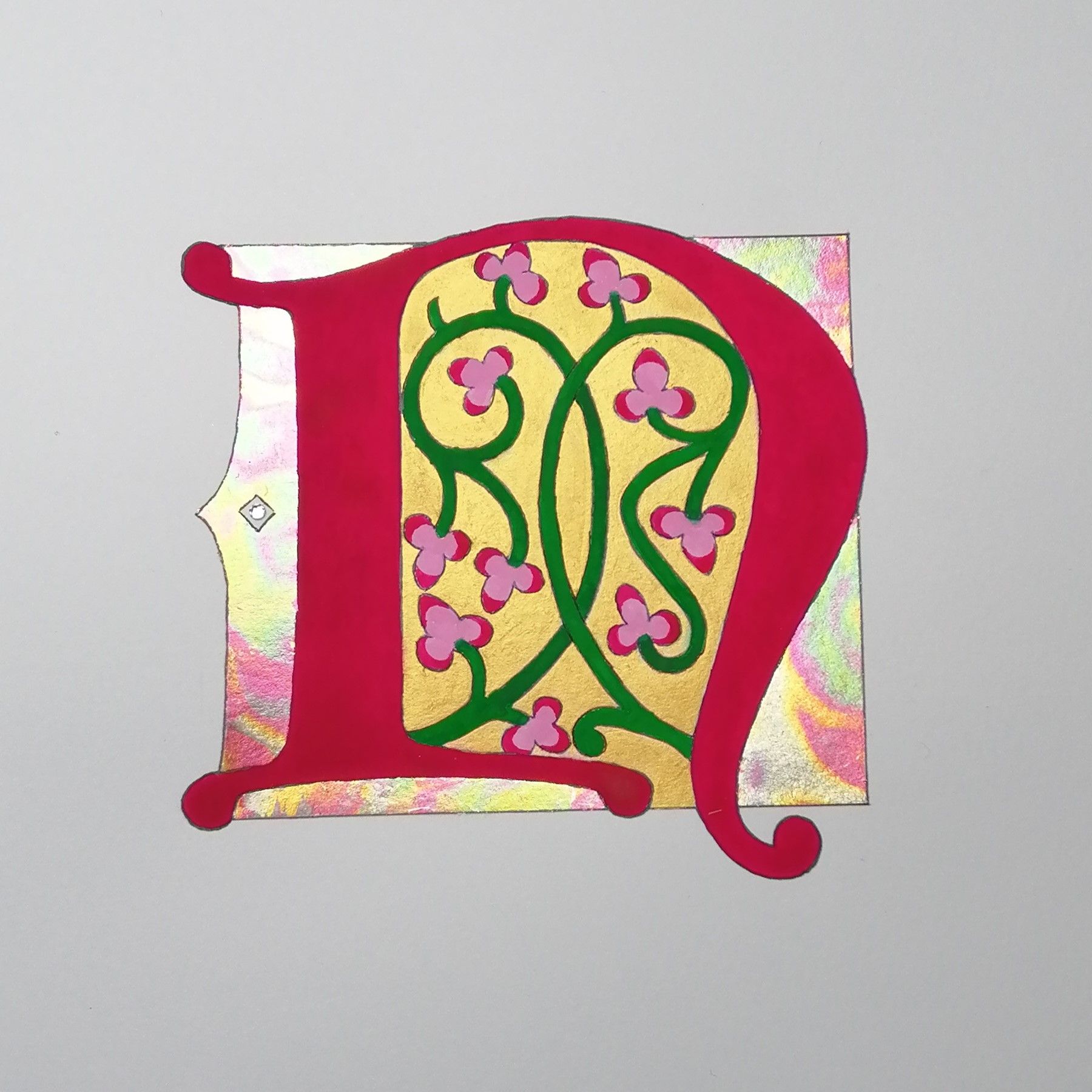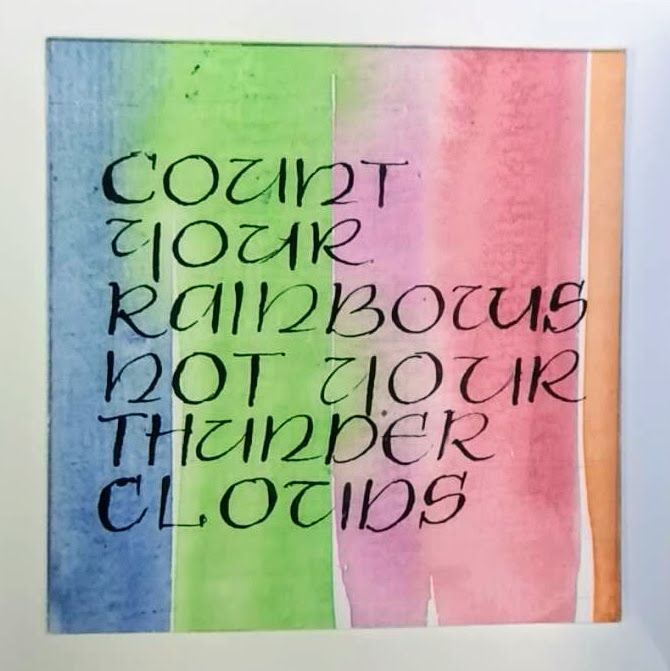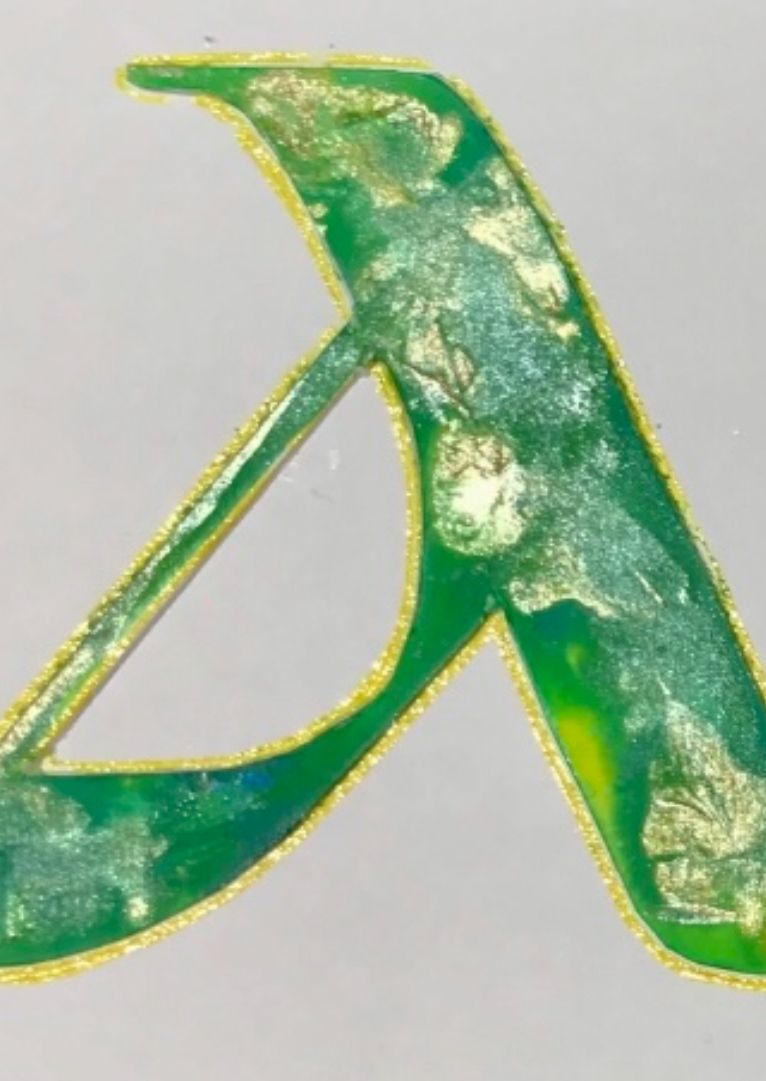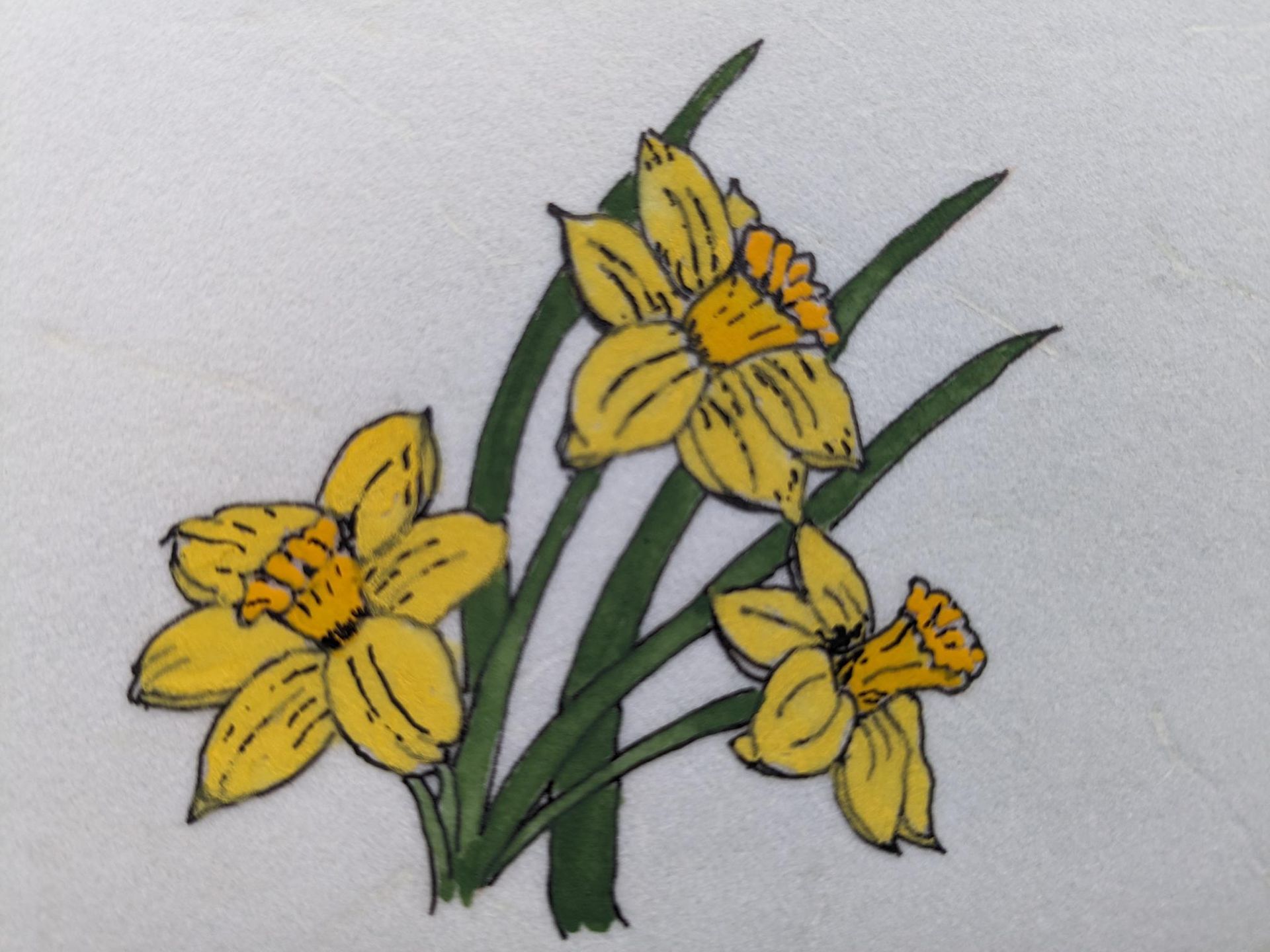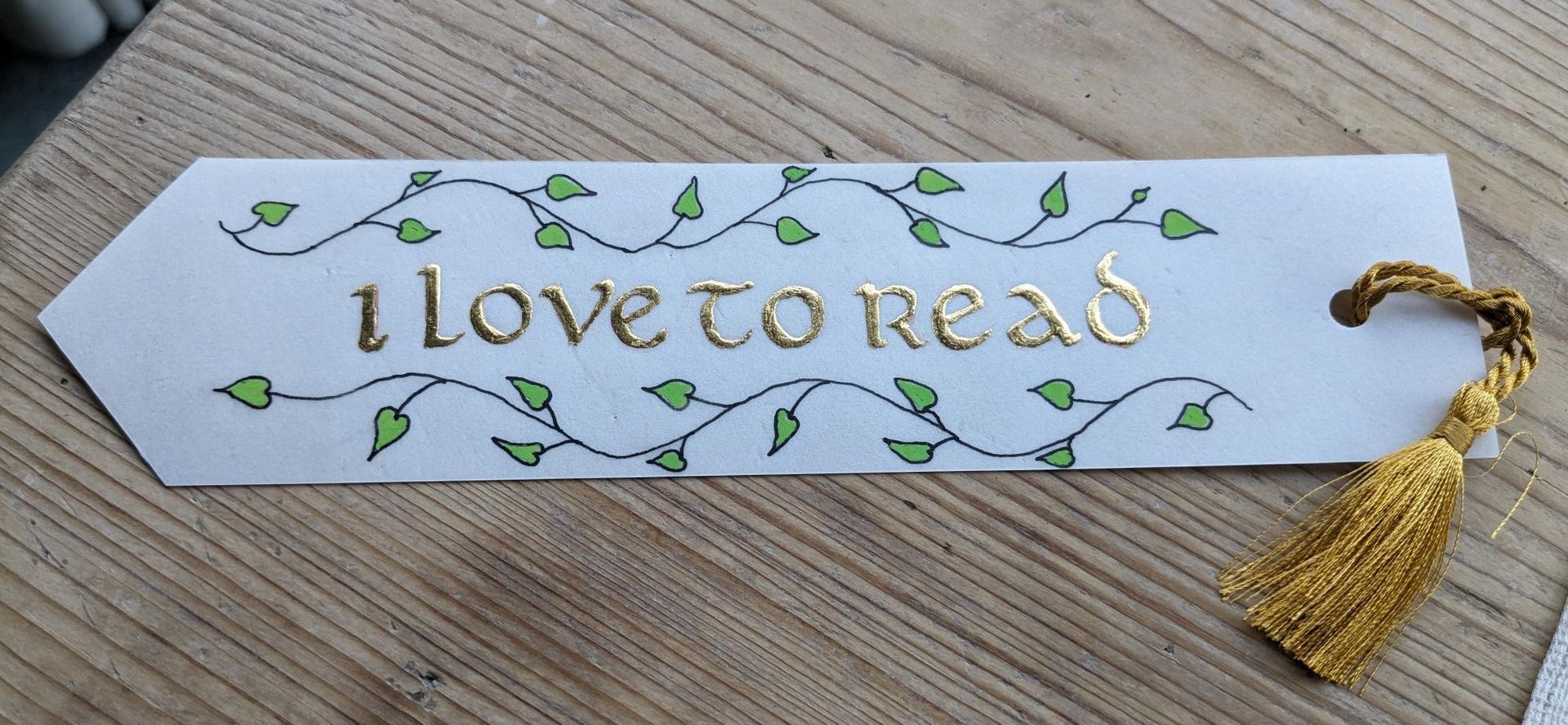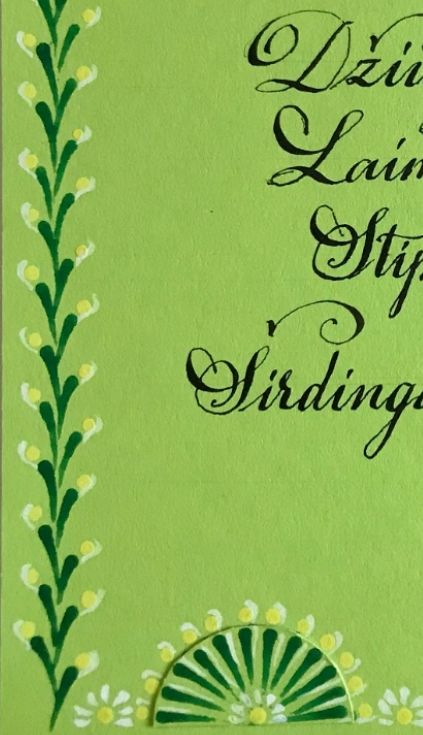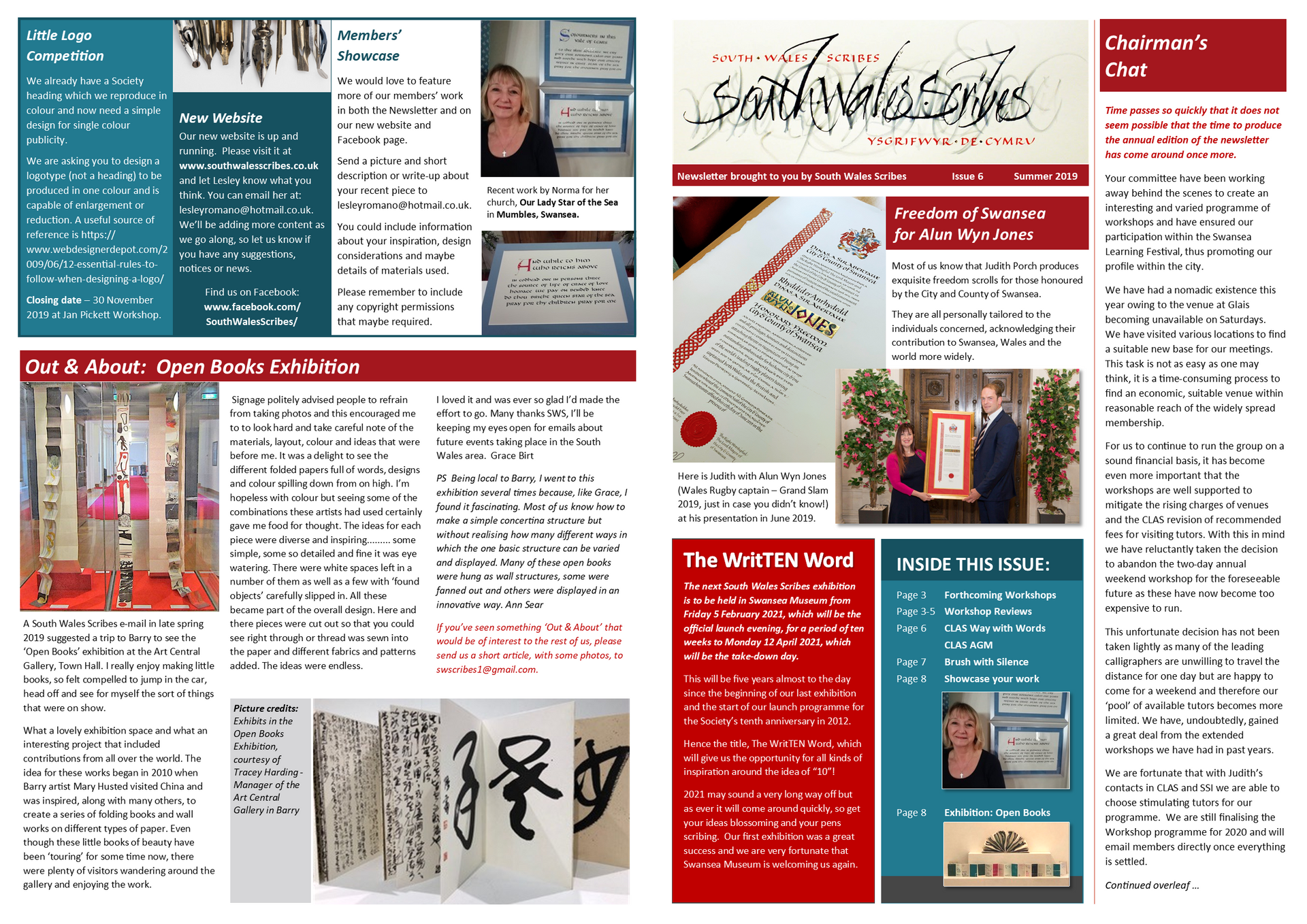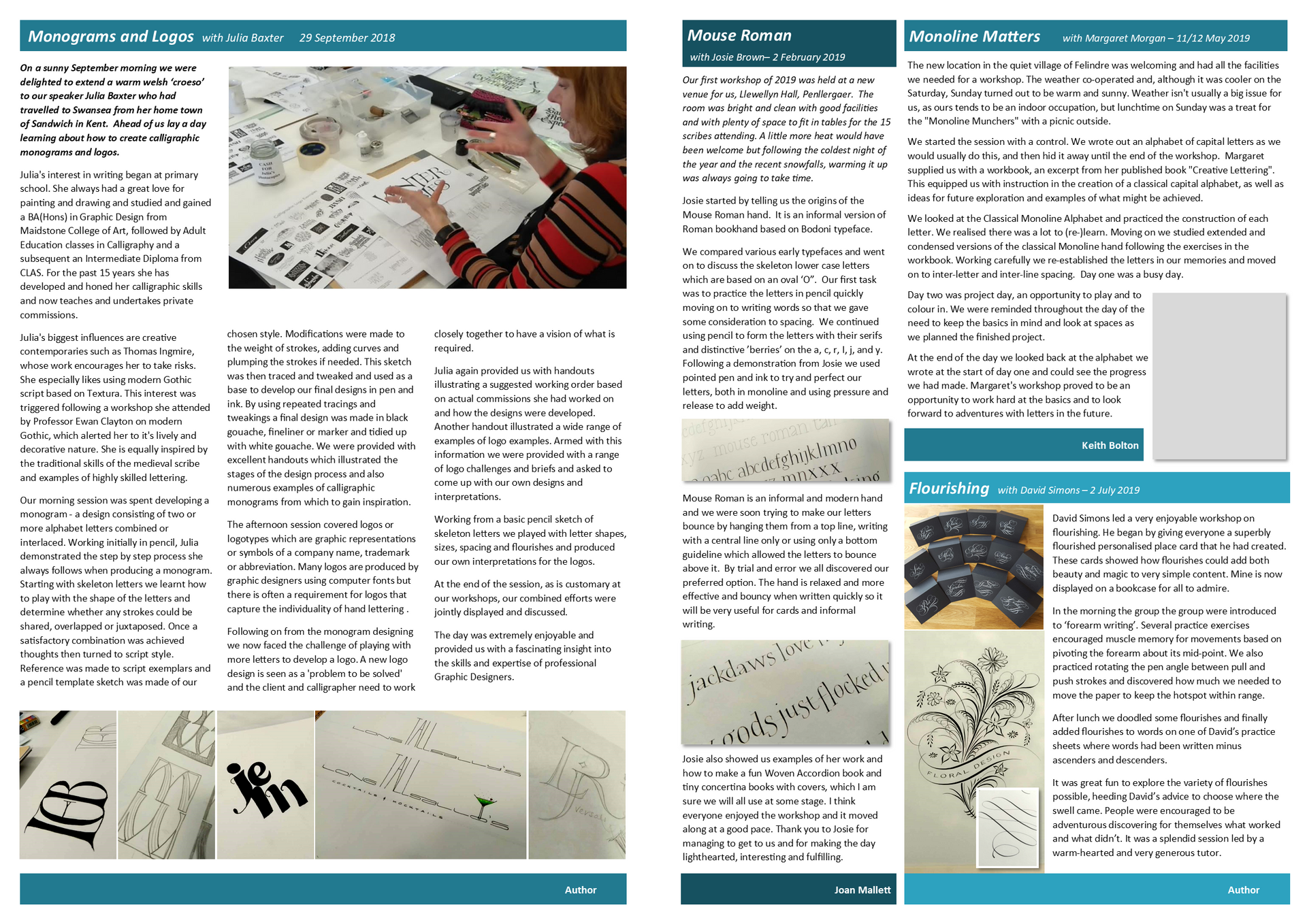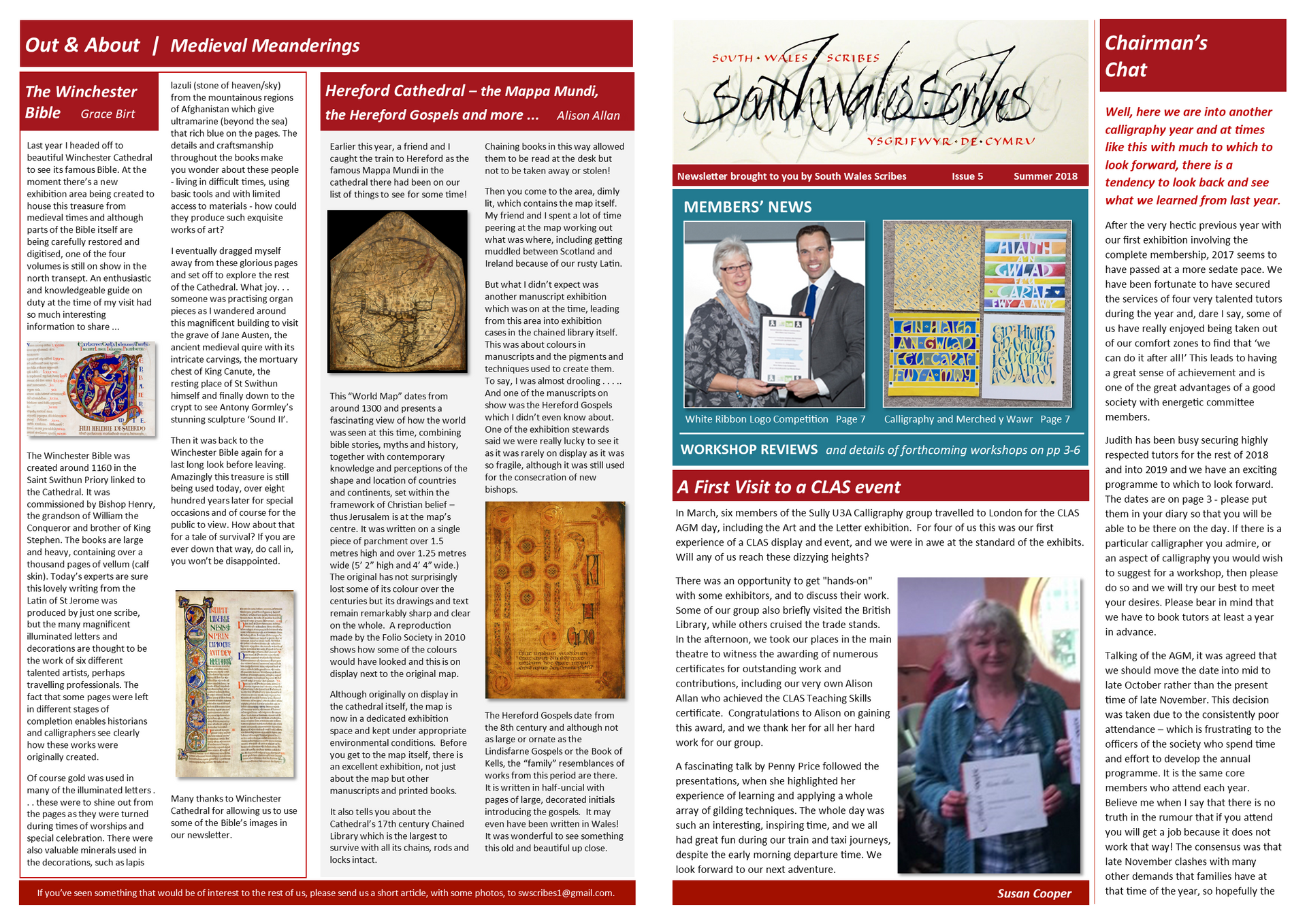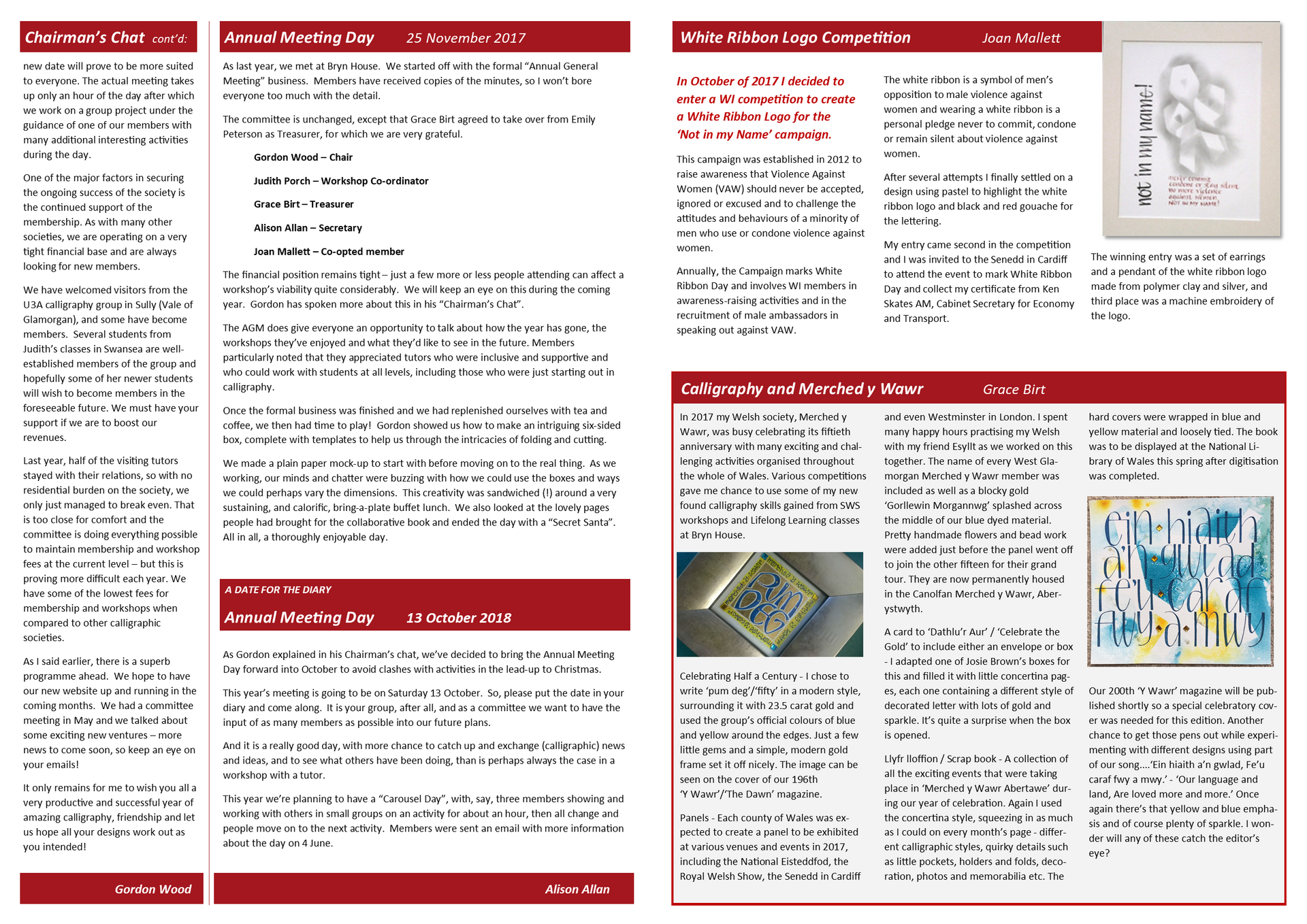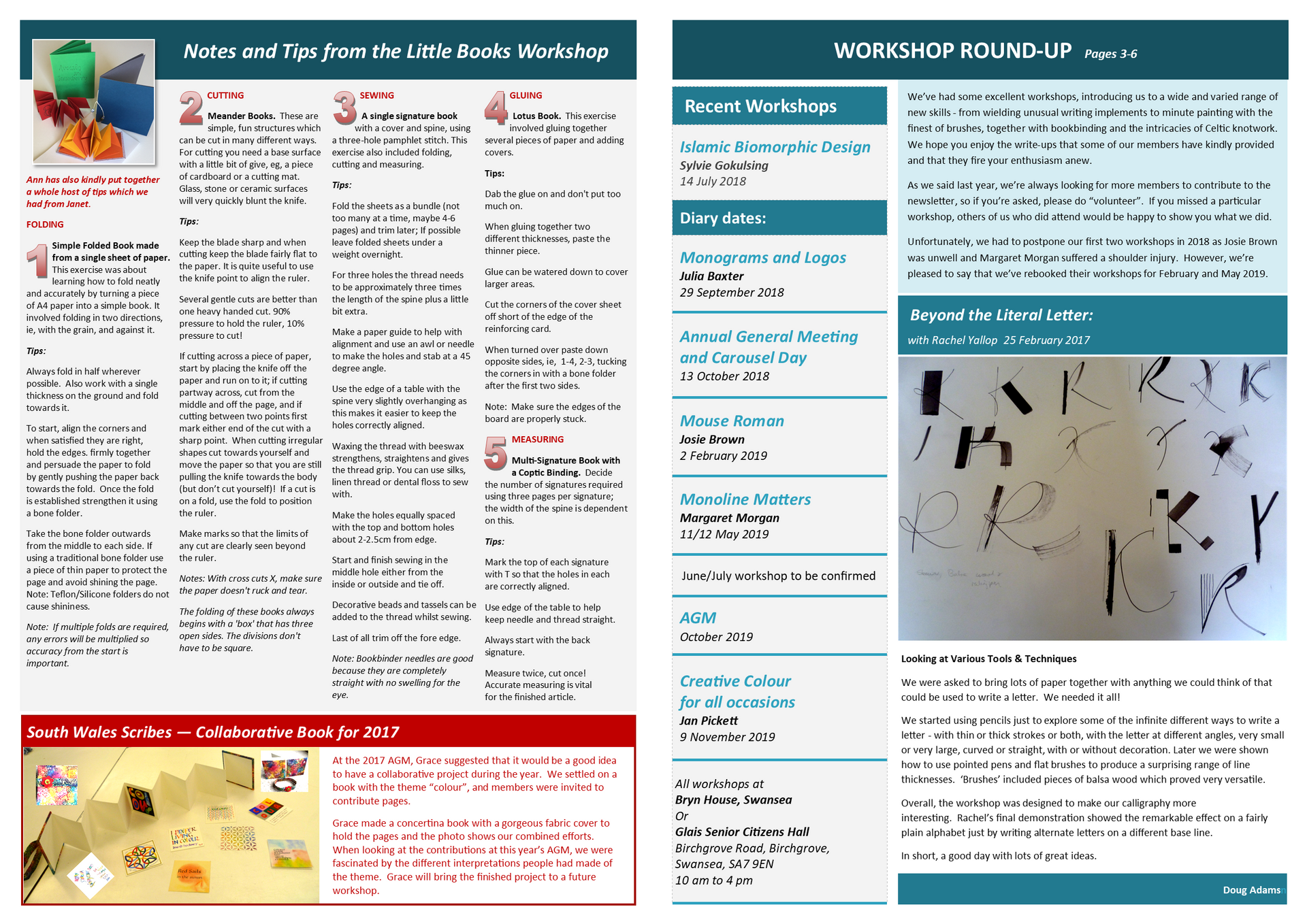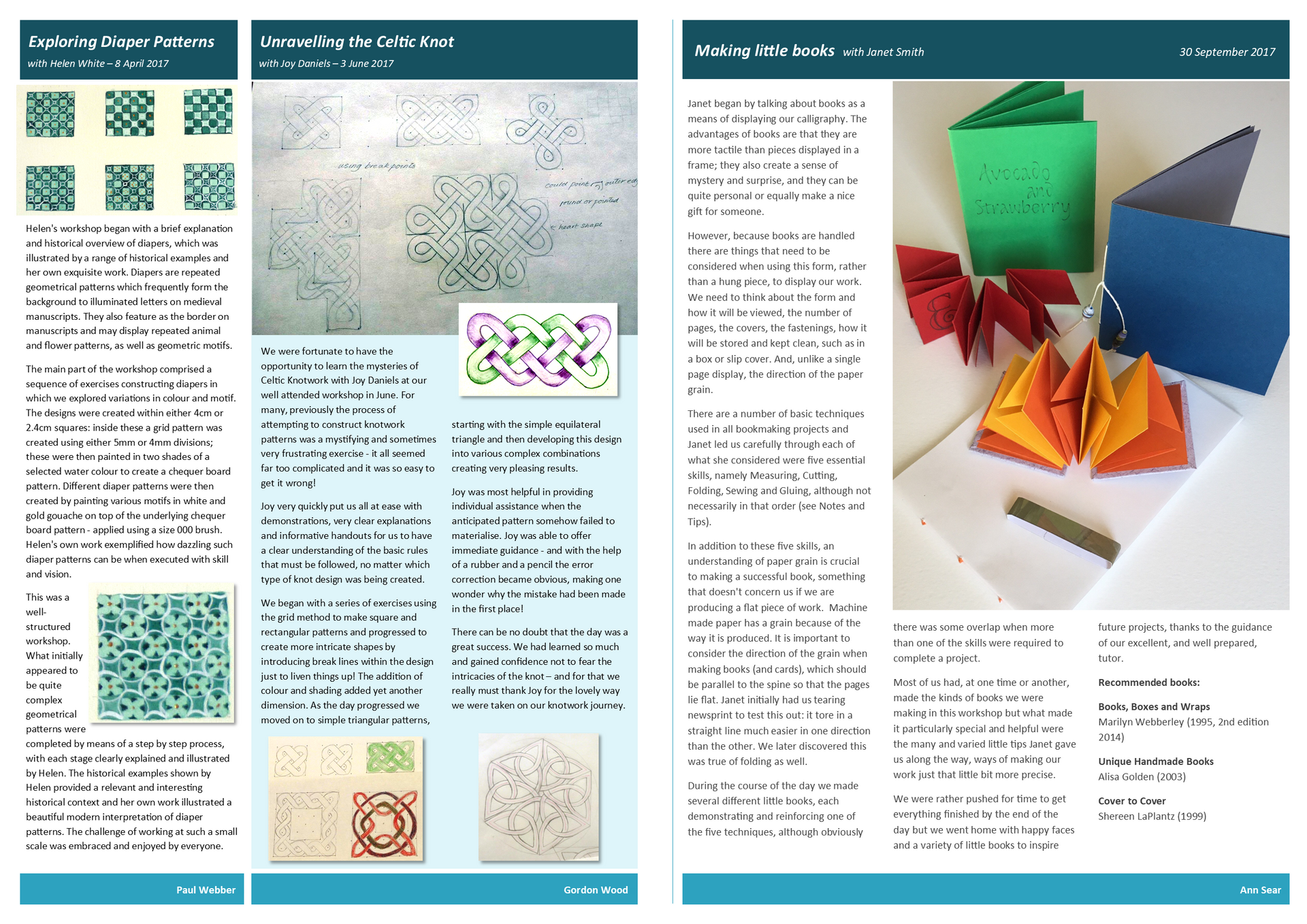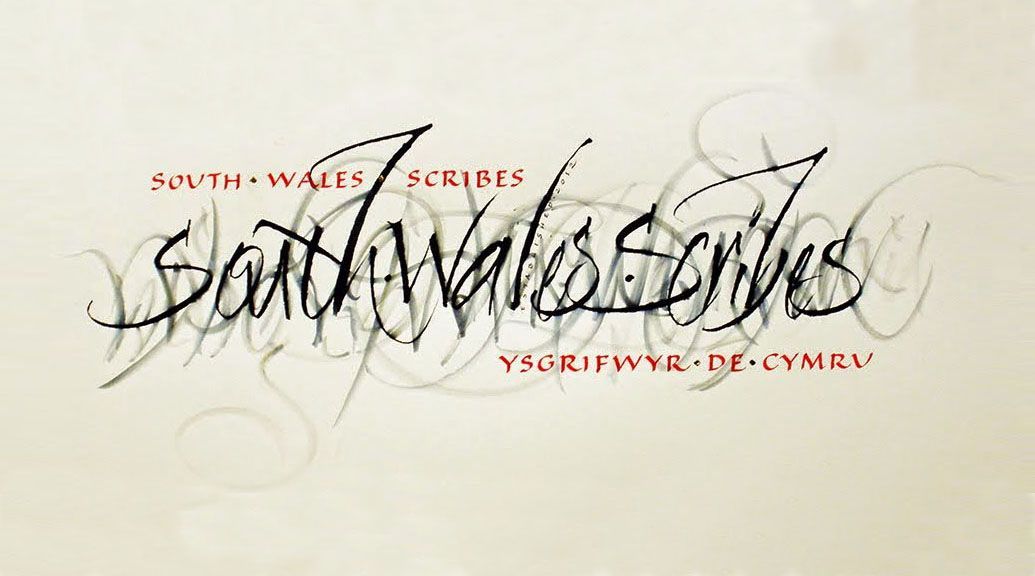Welcome
South Wales Scribes is a regional group for people interested in calligraphy and lettering arts.
We welcome members from across South Wales, from professionals to enthusiastic amateurs and those just starting out in calligraphy. Our aim is to ensure that everyone develops their calligraphy skills and that they have great fun doing so. Consequently we enjoy working together and supporting each other as we learn.
We usually meet in and around Swansea approximately five or six times a year: four workshops with external tutors well known in the calligraphy world and two meetings led by members where we work together, including our annual general meeting.
Membership is currently £15 per year. Workshop costs can vary but are around £35 for the day. For more information, please contact the secretary@southwalesscribes.co.uk / swscribes1@gmail.com.
South Wales Scribes is a non-profit making organisation and is affiliated to the Calligraphy and Lettering Arts Society. www.clas.co.uk
Croeso
Grŵp rhanbarthol yw Ysgrifwyr De Cymru ar gyfer pobl sydd â diddordeb mewn caligraffeg a’r celfyddydau llythrennu.
Croesawn aelodau ar o draws De Cymru gan gynnwys caligraffwyr proffesiynol ac amaturiaid brwdfrydig a’r rhai sydd newydd ddechrau gwneud caligraffeg. Anelwn at sicrhau bod pawb yn datblygu eu caligraffeg ac yn cael hwyl wrth ei wneud. Felly, mwynhawn weithio gyda’n gilydd a chefnogi ein gilydd fel rydyn ni’n dysgu.
Rydyn ni’n cwrdd yng Nghanolfan Cymunedol Glais yn Abertawe. Fel arfer, rydyn ni’n cael pump neu chwe chyfarfod y flwyddyn, pedwar gweithdy gyda thiwtoriaid allanol sy’n adnabyddus yn y byd caligraffig a dau gyfarfod a arweinir gan aelodau lle rydyn ni’n gweithio gyda’n gilydd, gan gynnwys ein cyfarfod blynyddol cyffredinol.
Ar hyn o bryd y pris aelodaeth yw £15 y flwyddyn. Gall costau gweithdai amrywio ond maent yn tueddu i fod tua £35 am y diwrnod. Am wybodaeth bellach, cysylltwch â swscribes1@gmail.com.
Nid ydy Ysgrifwyr De Cymru’n gwneud elw ac mae’n gysylltiedig â’r Calligraphy and Lettering Arts Society www.clas.co.uk
Our next workshop
12 | 05 | 2025
Workshop to be confirmed
with Tutor TBC
Please note the change of date for this workshop. Unfortunately we have had to postpone Michela Antonello's workshop on Linocut Lettering. We will aim to reschedule as soon as possible.
Details for this replacement workshop will be updated shortly
CARDIFF CASTLE Broadsheet by Judith Porch FSSI
Workshop Programme 2025
Forthcoming workshops:
12 July
Theme TBC
Tutor TBC
Please note change of date due to us having to postpone Michela Antonello's Linocutting workshop
18 Oct
Workshop TBC
Mary Noble
We are very fortunate to be welcoming Mary Noble back. Workshop theme to be decided.
22 Nov
Member-led Workshop
Creative Christmas Cards & AGM
20 26
Linocutting Letters
Michela Antonello's rescheduled workshop
Information tbc
Group Projects
Periodically we like to involve all members of South Wales Scribes in a combined group project or submit contributions on a theme.
It is always interesting to see the variety of contributions from individual members in response to the same brief and specification.
Exhibitions
Transformation : Trawsnewid
February 2016 | Swansea Museum
Tenth Anniversary Exhibition
The Written Word : Y Gair Ysgrifenedig
August - November 2022 | Swansea Museum
Gallery
Archive
Spring has sprung - finally!
It has been a long time making up its mind, but it looks like Spring has finally arrived. Enjoy the longer days, sunshine, fresh breezes, rain and rainbows. The spring bulbs and new growth bring a brighter colour palette of yellows, oranges, pinks, purples and bright, light greens. Better late than never - here is a little tribute to Spring from South Wales Scribes.
2019 NEWSLETTER
2018 NEWSLETTER
CONTACT US:
Secretary | ALISON ALLAN swscribes1@gmail.com
Chairman | GORDON WOOD
Treasurer | GRACE BIRT
Workshop Coordinator | JUDITH PORCH FSSI
Website & Newsletter | LESLEY ROMANO
